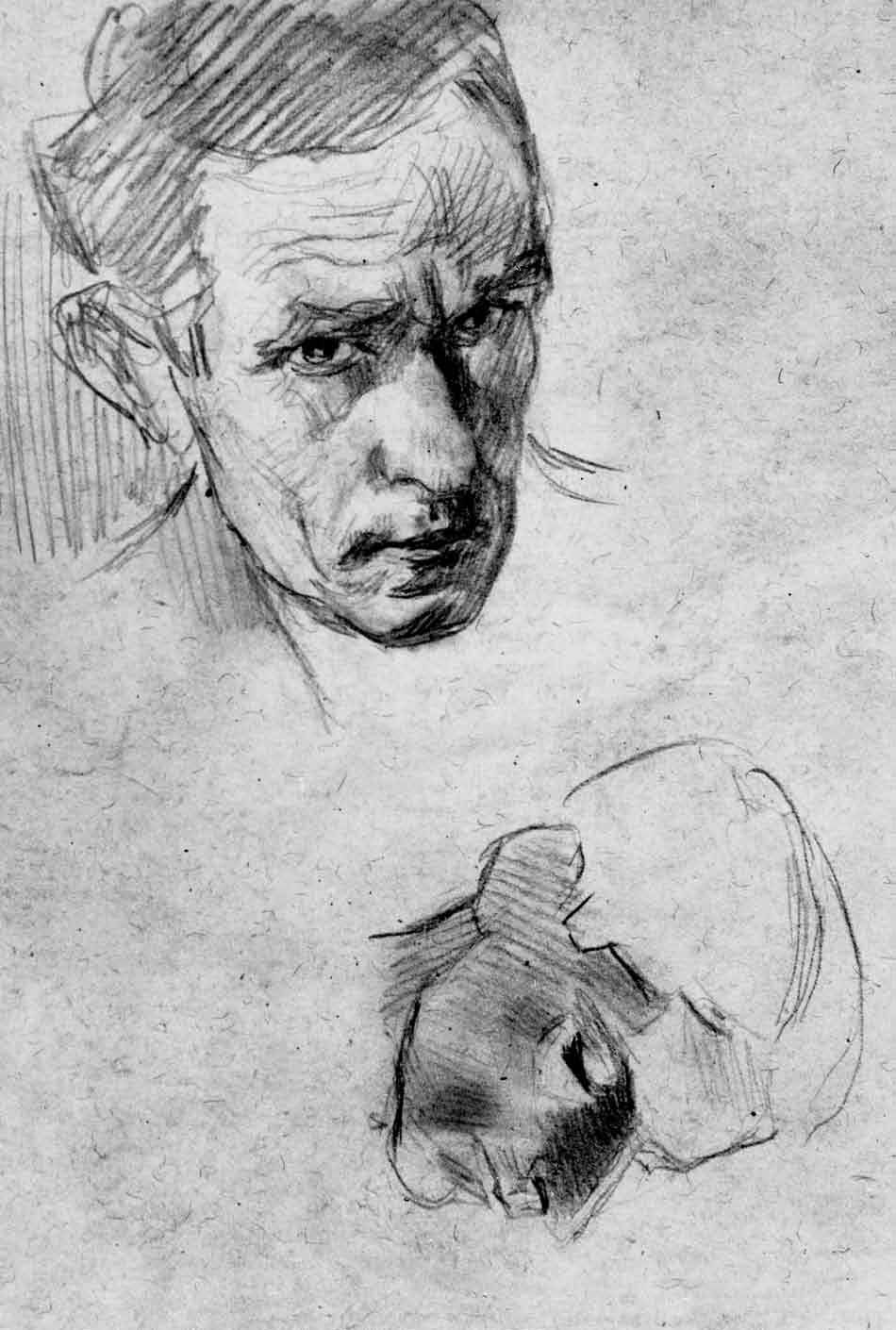Rzeczywistość przesunięta, czyli kilka słów o przygotowaniach do wystawy Brunona Schulza w warszawskim Muzeum Literatury
Abstrakt
The article describes the project of an exhibition which is being prepared on the occasion of the 120th anniversary of Bruno Schulz’s birth and 70th anniversary of his death. For the first time, Schulz’s art will be presented in the context of the Polish art between the world wars, placing it, according to Joanna Pollakówna, with the “painting of displaced reality”: the magic realism, grotesque, and expressionism. Consequently, it will be possible to situate Schulz’s artistic achievement in his times, and transgress the prevailing conventions of its interpretation. Adopting the perspective of the “displaced reality,” one may also reach beyond Schulz’s lifetime and search for his precursors and continuators. Thus, on the one hand, it is possible to make references to the symolism of the Young Poland, e.g., the works of Wojciech Weiss, or move forward to such artists as Władysław Hasior or Tadeusz Kantor. The exhibition has been divided into several parts corresponding to the titles of particular stories or graphic works by Schulz: “August,” “Night,” “Spring,” Treatise of the Tailor Dummies,” “The Book of Idolatry,” “Sanatorium under the Sign of an Hourglass,” and “Messiah.” Next to Schulz’s works, the show will include the works of Wojciech Weiss, Marek Włodarski, Bolesław Cybis, Ludwik Lille, Rafał Malczewski, Bronisław Wojciech Linke, Władysław Hasior, Jan Spychalski, Maria Magritte-Sielska, Józef Gielniak, Jan Lebenstein, and others.

 Uniwersyteckie Czasopisma Naukowe
Uniwersyteckie Czasopisma Naukowe





